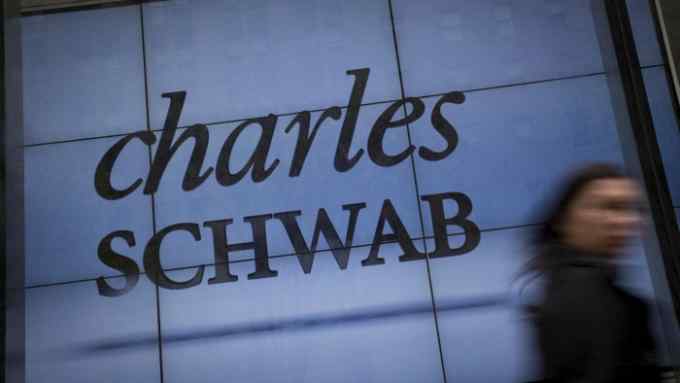ETFs/rebalancing costs: any hidden investor charges can be avoided

Roula Khalaf, Editor of the FT, selects her favourite stories in this weekly newsletter.
Passive — or index investing — has exploded in popularity over the past decade. But the trillions of dollars that have flooded into index-tracking investment vehicles have also given rise to a popular new trade: index front-running.
Indices tracked by exchange traded funds are rebalanced regularly — usually every quarter — with securities added or removed. Key benchmarks such as the S&P 500 telegraph these changes days, if not weeks, in advance. To minimise tracking errors, ETFs adjust their holdings just before the changes come into effect. The time lag means opportunistic traders can profit by simply buying stocks before these join the indices, reselling them on the day when index funds need to buy them.
A new academic paper reckons this practice creates a hidden cost to holders of US-listed equity ETFs worth $3.9bn a year, mainly in the form of higher trading expenses. As transaction costs are not included in the expense ratio an ETF charges its shareholders, they can end up diminishing a fund’s performance. These added rebalancing expenses could boost the holder’s index fund costs by as much as 60 per cent, according to the research.
Yet these figures require some context. Over the past two decades, investors have been the clear winners on investment fees. Average expense ratios paid by fund investors have fallen by more than half to 0.41 per cent in 2020, thanks largely to passive investing, says Morningstar. The asset-weighted average expense ratio for all US domiciled ETFs was 0.18 per cent in 2020, compared with 0.3 per cent in 2011.
Large fund managers also have many ways to mitigate higher execution costs. At Vanguard, the second biggest ETF provider, these include stock loans and taking part in syndicate share offerings. Funds can also opt to adjust portfolios gradually over days to minimise arbitrage opportunities.
Investors who buy into ETFs are not necessarily seeking to maximise profits so much as convenience. Despite hidden rebalancing costs, ETFs still offer that.
If you are a subscriber and would like to receive alerts when Lex articles are published, just click the button “Add to myFT”, which appears at the top of this page above the headline.

Comments